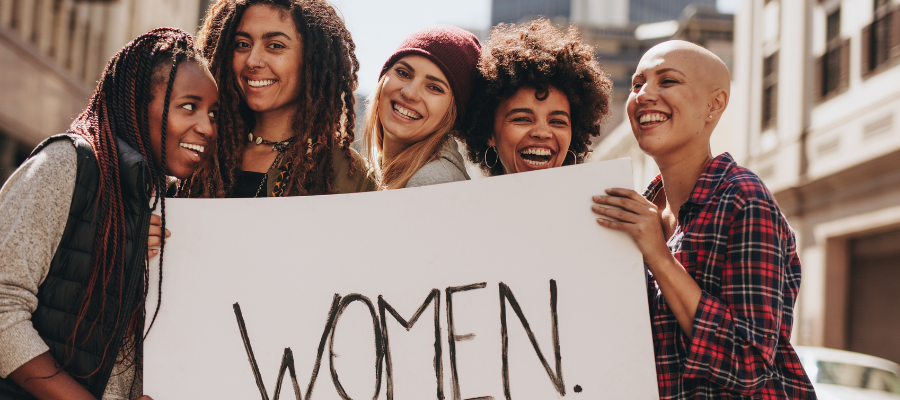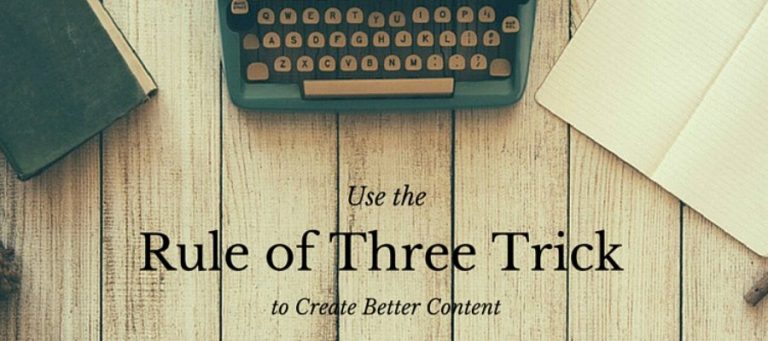Societal Movements Impacting Women’s Representation in Advertising

In 1920, the 19th Amendment was passed, granting women the right to vote after a long and hard-fought battle to establish equal rights. The suffragist movement was so polarizing that when the amendment passed, there was no fanfare. In 1971, fifty years after that momentous day in our nation’s history, U.S. Congress proclaimed August 26th as Women’s Equality Day. Not only is Women’s Equality Day a day of celebration, but also one of reflection and gratitude for the tenacity and moxie of the women who fought for equality.
In remembrance of this milestone, we reflect on what has changed over the past 100 years since women’s suffrage. While women have gained much, disparities still exist, and stereotypes run rampant. One medium that has been taken to task for stereotyping women is advertising.
Since its inception, advertising has played a major role in shaping stereotypes. Pervasive throughout our society, advertising infiltrates our brains daily and shapes our thoughts and feelings subconsciously. From billboards to magazines, television commercials to social media, messaging perpetuates gender, race, and socioeconomic stereotypes.
But a new day has dawned. Societal movements are forcing advertisers to divorce themselves from the use of negative female stereotypes and get cozy with the diverse empowered female persona.
The History of Gender Roles in Advertising
Historically, gender roles in advertising push agendas contributing to female stereotypes. One notable movement birthed one of the most iconic personalities in advertising – Rosie the Riveter. Hard-working Rosie was the government’s advertising campaign star encouraging women to enter the workforce while men fought WWII overseas. Rosie’s can-do attitude empowered women, and the idea of supporting the war was appealing. As a result, many women took on jobs in aviation, ammunition, and uniform production to maintain war efforts. Though their efforts were imperative to the nation’s success, the women in these roles made 50 percent less than their male counterparts.
While this may have been a “watershed” moment for white women, it was not for black women who were already working outside the home to support their families. Yet, there were no posters. No advertising campaigns.
After the war, advertising illustrated a “return of the norms” with returning soldiers taking back jobs. Women resumed their roles as homemakers or sex symbols. And for nearly two decades between the mid-1940s and mid-1960s, this theme dominated American culture.
In the mid-1960s, however, the women’s liberation movement began to influence advertising. Women pushed for equality at work, equal pay and reproductive rights. This showed up in advertising as women being “liberated.” They wore lighter makeup, less cumbersome undergarments, and used skinny cigarettes made ‘just for her.’
The feminist movement continued throughout the ’70s and evolved into the “superwoman” movement of the 1980s. Advertising depicted women who worked full-time, cared for their homes and families and looked good while doing so. The “24-hour-woman” of the 80s left some big shoes to fill.
That might be why the pendulum swung so far in the 1990s and landed on a generation of advertising overtly selling the sexual, sensual female. But as a pendulum does, it swung back. It landed in the 2000s, where the “everyday woman” movement showed women in more shapes and sizes than the historically thin or hourglass-shaped model. In 2008 we met Flo, the quirky-yet-realistic Progressive Insurance salesperson who reminded us of our eccentric and lovable favorite aunt.
Challenging Conventions
In recent years, advertising campaigns have gradually shifted toward emphasizing more diversity, body positivity and size inclusivity. It’s more common now, and frankly expected, to see a size two woman in an ad right next to a size 14 woman. They both exude confidence and comfort in their own skin.
Savvy advertisers are also tapping into the “strong is the new pretty” movement, where women and girls embrace their strengths, dreams, and ambitions. Dick’s Sporting Goods, for example, embodied this sentiment with its “There She Is” ad.
Diversity and Multiculturalism in Advertising
The Civil Rights Movement in the 1960s further shifted the dynamic of advertising, as calls for greater diversity and the abolishment of the indignities of the “mammy” persona African Americans endured for generations. Prior to the 60s, almost all ads that included African Americans cast women of color as “mammy” – a loyal, jovial, caregiver of types who cooked, cleaned, and cared for the white family. During the Civil Rights era, the “mammy” persona was rejected for being racist and inaccurate. The Aunt Jemima pancake mix and syrup brand were recently renamed the Pearl Milling Company to remove the racist stereotype.
In the 70s, there was a celebration of black identity promoting products targeted to black communities. Women proudly donned afros conditioned by Afro-Sheen and cheekbones blushed by Fashion Fair cosmetics. Hispanic advertising around this time also began to evolve. And, we have just now started seeing greater attention being placed on the AAPI community.
But diversity isn’t just race and ethnicity. Untraditional families represented in advertising also gained more traction in the 70s. For example, a JC Penney Mother’s Day ad featured two mothers and one child. Though they received some pushback from “pro-family” advocacy groups, JC Penney stood firm in their stance and ran a Father’s Day ad with two men and their children. JC Penney said they, “honor[s] men from diverse backgrounds who all share the joy of fatherhood.” Today, advertisers are boldly showcasing modern household dynamics that better reflect how consumers live.
Social media has elevated these movements, making them accessible to inspire others to be their authentic selves.
The Best is Yet to Come
Trends in advertising have long fostered stereotypes, from gender to race, and everything in between. But as society progresses toward multiculturalism and gender equality becomes the norm, advertisers will need to adapt. Consumers are more likely to support brands that portray women accurately in their advertising. Those who are advocating for body positivity, ethnic diversity, and cultural representation in principle and practice.
But doing so starts with bringing diverse talent to the table to design “woke” marketing campaigns. Campaigns that reflect who women are today, not where they’ve been or some fictitious image of who they should be.
On this Women’s Equality Day, we celebrate the strides women have made toward equality, from the vote to a 30-second ad spot. There’s still work to do. But women have proved that barriers make mighty good stepping stones when you kick them down.





